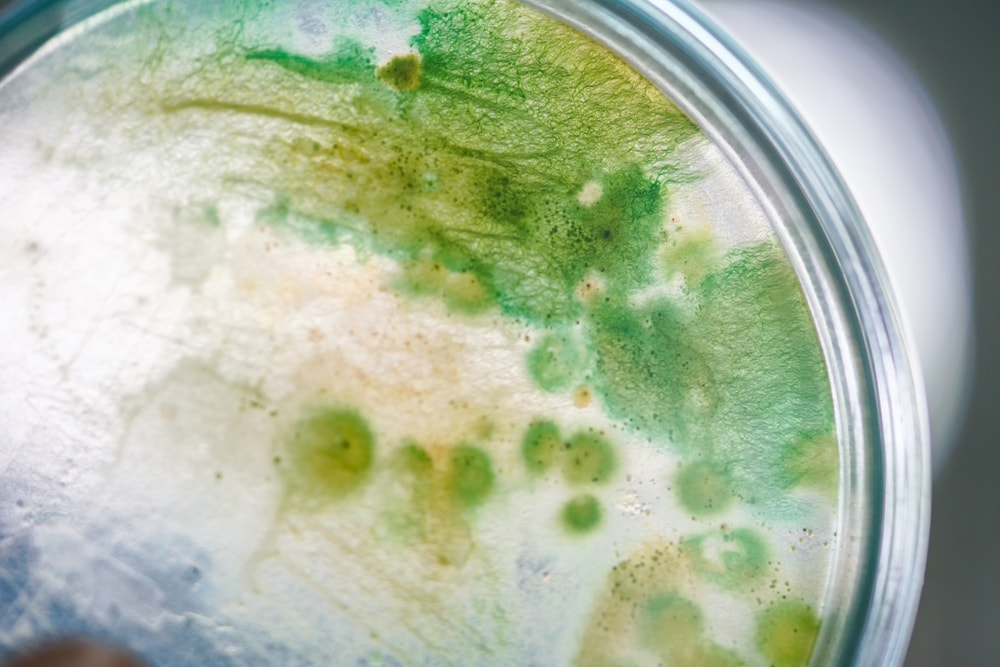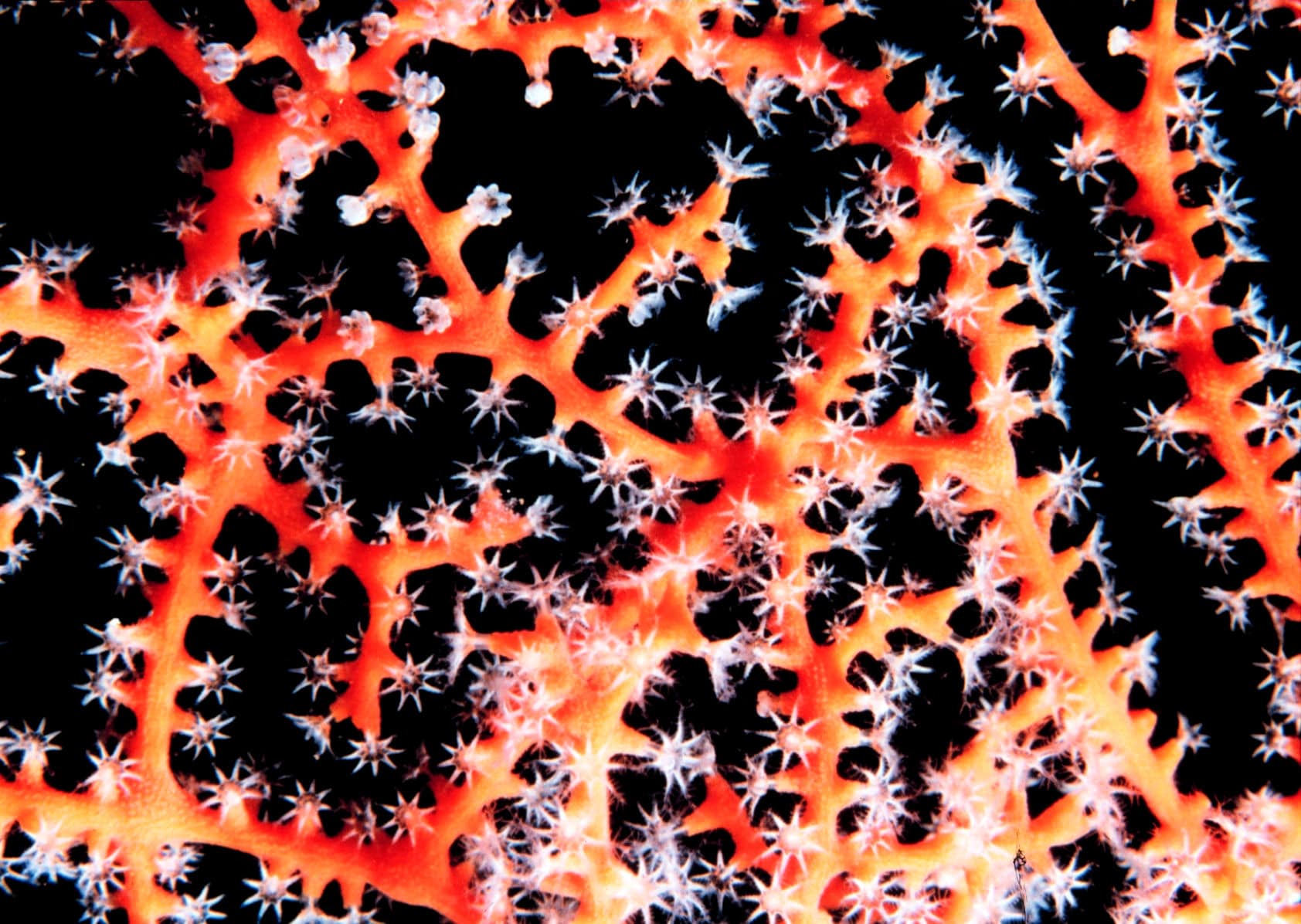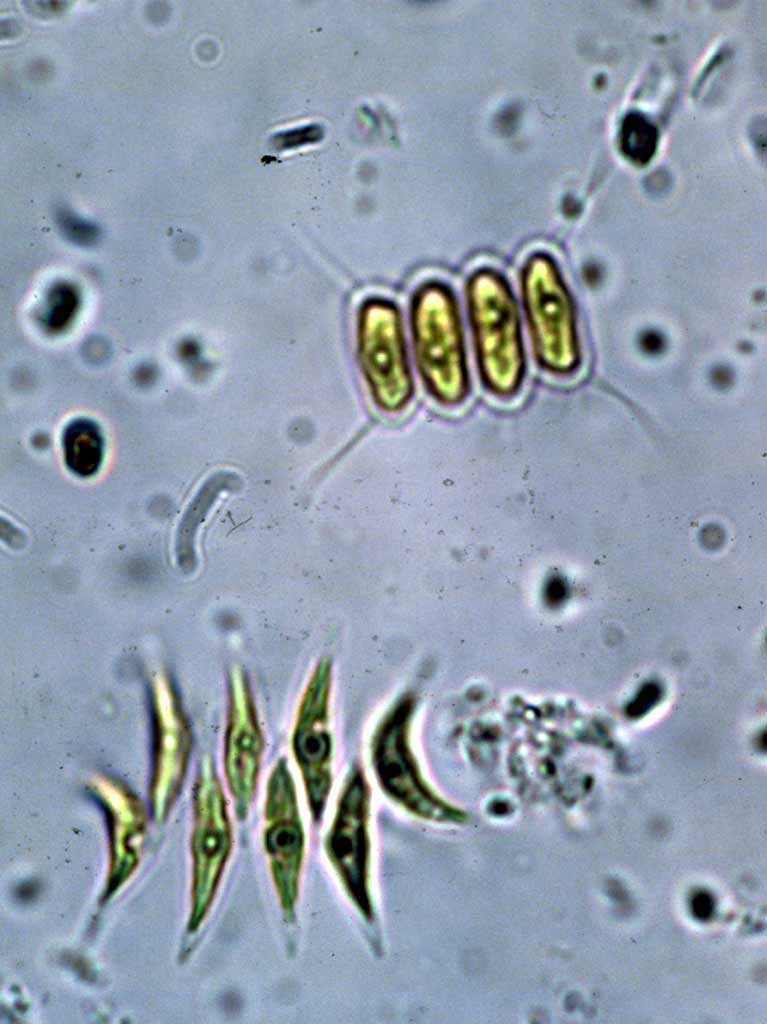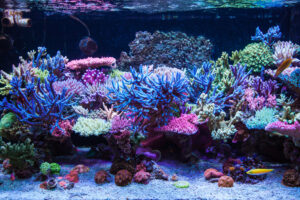Saltwater aquarium keeping certainly come a long way in a relatively short period of time. Heck, we only started widely using live rock about a quarter century  ago. Nowadays, almost any coral reef species (provided that it is not protected) can be obtained in the aquarium livestock trade. Sadly, however, not all of these can be kept alive in aquaria (under typical reef tank conditions) for very long. Most of these losses are attributable to inadequate nutrition. Yes, despite all of the advancements in the reef aquarium hobby, we still sometimes struggle with what should be one of the simplest aspects of husbandry: feeding. A prime example of this is the scarcity of simple-to-use live phytoplankton feeds for home aquarists.
ago. Nowadays, almost any coral reef species (provided that it is not protected) can be obtained in the aquarium livestock trade. Sadly, however, not all of these can be kept alive in aquaria (under typical reef tank conditions) for very long. Most of these losses are attributable to inadequate nutrition. Yes, despite all of the advancements in the reef aquarium hobby, we still sometimes struggle with what should be one of the simplest aspects of husbandry: feeding. A prime example of this is the scarcity of simple-to-use live phytoplankton feeds for home aquarists.
Seeing some of the images of spectacular modern reef tanks being passed around on social media these days, an aquarist might think that we’ve finally reached the apex of the hobby. Without a doubt, many of these systems—chock-full of colorful corals—are a beautiful sight to behold. But if you have ever have visited an actual, wild coral reef habitat, or maybe even if you’ve just seen a few pictures of one, you’ll notice quite a few animals that are absent from even the largest and most diverse reef tanks. This could include sponges (especially the larger, more complex forms), bivalve mollusks (especially scallops and oysters), azooxanthellate (i.e. non-photosynthetic) soft corals, certain gorgonians and many other phytoplanktivorous invertebrates. Some of these creatures (e.g. bryozoans) might end up in our tanks by way of freshly harvested live rock, only to starve to death over short time.
[Phyto]
Better Every Day
But, thankfully, not all is dark and gloomy here. Recognizing the demand for beautiful (and phytoplanktivorous) aquarium animals such as flame scallops, spider sponges, etc., specialized algae farms have arisen to serve home aquarists. A few have really upped the game of producing and shipping healthy, live phytoplankton.
The best offer a perfectly balanced mix of phytoplankton species. Why are mixes best? If blended just right, these products can offer a whole lot of good from a single bottle. For one, blends can have a far more balanced nutritional profile than any single species. They also present a broader food particle size range, which is accommodating to a larger range of filter-feeders.
But the very best? Served fresh. The less that the live algae need to use their own stored food reserves during stand-by in the bottle, the more nutritious they will be to the organisms that consume them. And more will be alive at the time of feeding!
But no matter how incredibly nutritious live phytoplankton is and how much regular phyto dosing can benefit a reef tank, it won’t get used often unless it is sufficiently convenient. To say the least, live aquarium foods generally aren’t known for their convenience of use. Even so, there is one high-quality live phyto product that has the busy home aquarist in mind.
OceanMagik™ makes live phytoplankton simple to obtain and simple to use. Best place to start here? How about the fact that it’s available by subscription. Like your mom’s Sunday newspaper. It’s really that simple. You can expect to have live phytoplankton consistently show up at your front door on a schedule of your own choosing. And you don’t even have to put your boots on.
The other great thing about OceanMagik is that it comes in a bottle with a squeeze-to-add dosing neck. It is even marked to assist in your taking exact measurements. When using small amounts frequently, this product can be easily capped back up and stored in the fridge. So easy!
And OceanMagik is just—good. This fine product blends four nutritionally complimentary phytoplankton species. This includes Nannochloropsis (NANO), Tetraselmis (TET), Isochrysis (ISO) and Thalassiosira (THAL).
Nannochloropsis gaditana is a non-flagellated yellow/green algae of 1–5 microns. This very tiny species is easily consumed by fine filter-feeders such as sponges. It rapidly consumes nitrogenous wastes such as ammonia and nitrates; it therefore is particularly valuable when increasing a tank’s bioload, after heavy feeding, or while reducing the frequency of water changes.
Tetraselmis sp. is a green biflagellate algae of 6–10 microns. It provides a very nutritional feed with a rich amino/fatty acid profile. This base diet supports a broad gamut of species.
Isochrysis galbana is a brown biflagellate algae of 10–14 microns. Bivalves such as oysters, clams, mussels, and scallops do great on this species. It is rich in DHA and is thus excellent for enriching live zooplankton feeds (copepods, brine shrimp, etc.). It is especially great for boosting zooplankton and copepod populations.
Thalassiosira weissflogii is an unflagellated diatom of 5–32 microns. This is fairly large in size for a unicellular alga and makes it easier to catch for coarser filter-feeders. Because it greedily consumes silicates, it competes with less desirable benthic diatoms.
The nutritional benefits of OceanMagik™ are enhanced when used with certain live, wholesome bacterioplankton such as those in PNS Probio™.
Variety in Your Phytoplankton is a Good Thing!
One thing about adding phytoplankton to your reef tank: It’s not just for those “finicky” phytoplanktivores. It’s beneficial for everything and in a lot of ways. Think about it this way. If you’re trying to mimic a real reef, you have to establish the right sort of ecosystem. Adding phyto removes excess nutrients from the water. This reduces harmful benthic algae that can outgrow corals and other sessile animals.
It also supports huge populations of pods, which keep the tank clean and provide continuous live feed for fishes like mandarins. Overall, a more vibrant system! And certainly one where you might be able to keep some of the more “hard-to-keep” species. Being able to successfully maintain many more phytoplanktivores? And then, being able to keep zooplanktivores because your pods are so numerous? Well, this will greatly expand the list of potential aquarium species that you might keep. And who doesn’t like having more choices?
[Phyto]






Leave a Reply